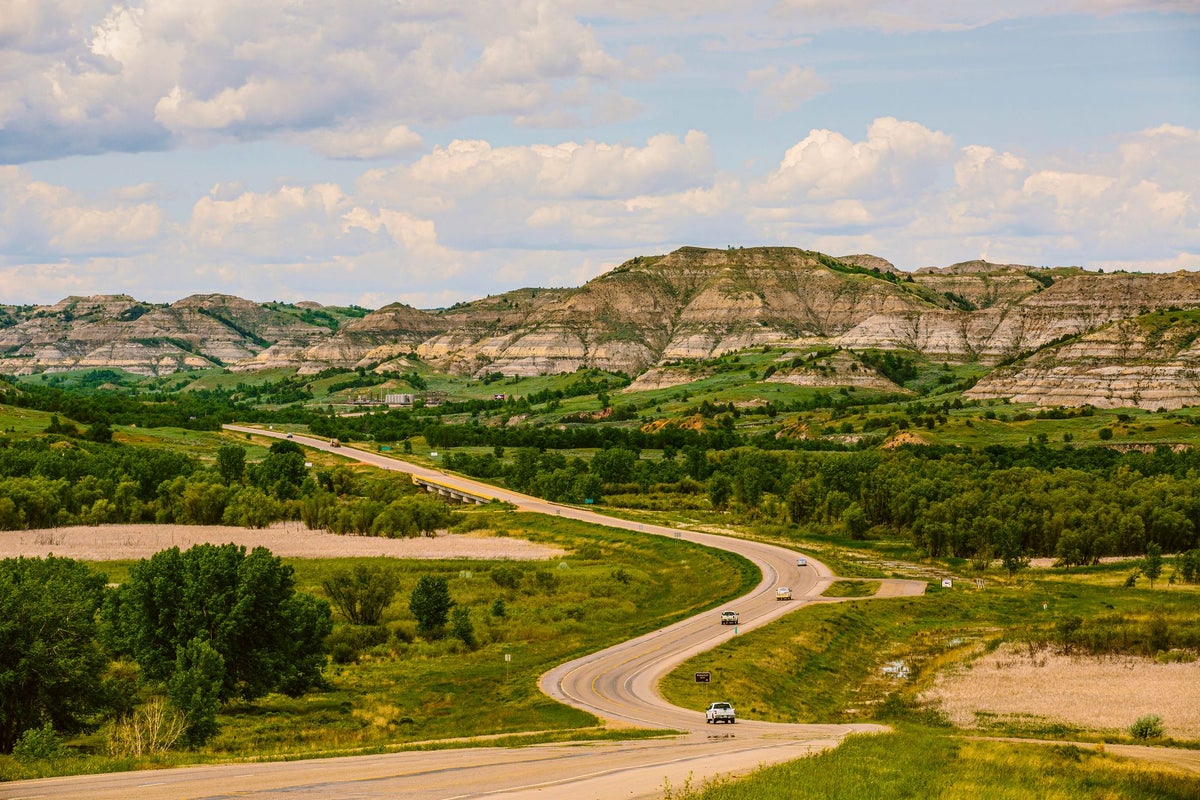
If you’re looking for a reason to visit North Dakota, it pays to do the math.
It's around 70,700 square miles — or the size of England and Scotland combined — yet has a population of just 780,000 people, roughly the number of people who live in comparatively diminutive Seattle.
It means that you'll often feel as though you have the state's landscapes all to yourself. And what landscapes they are.
There's the otherworldly Badlands, with its layer-cake rocks and striking canyons; Theodore Roosevelt National Park, with its vast herds of bison and soaring bald eagles; and then those beautiful prairies.
There are also impressive museums and cultural centers to explore, plus unique roadside attractions that are ideal to break up road trips, from former nuclear missile bunkers to a 60-ton giant buffalo.
Not to be overlooked are North Dakota’s vibrant cities, with boutique hotels and edgy art displays.
The state consistently ranks as one of America's least-visited – but here's why it shouldn't.
Epic landscapes — the Badlands and beyond

When it comes to epic landscapes, North Dakota delivers at every compass point. And discovering its wilds (you won't have to travel far) can feel like entering another world.
This is particularly acute in the spellbinding Badlands — a maze of cliffs, pinnacles and canyons 190 miles long and up to 20 miles wide in the state's far west.
The term was coined by French frontier fur traders who were in the area from around the mid-1700s to early 1800s, and found them to be "bad lands to travel through." Today, they're a bucket list destination, with the incredible multi-colored rock formations appearing like layer cakes.
Within the Badlands sits Theodore Roosevelt National Park, a 110-square-mile crowd-free wilderness named for the "Conservation President”. He was said to be so smitten with the area and its "perfect freedom" that he bought a cattle ranch there in 1883 to re-energize after the loss of his wife and mother.
Here, you'll see free-roaming bison, elk, horses, prairie dogs and bald eagles by day and gaze at star-filled skies at night.
Of Roosevelt's Elkhorn Ranch on a bend of the Little Missouri River, only a few foundation stones remain. There's no visitor center or gift shop, just the raw countryside that had such a transformative effect on the 26th president.
For an adventurous, breathtaking-view-packed journey through the park, follow the 144-mile Maah Daah Hey Trail, a favorite for mountain bikers, hikers and horseback riders.
Read more: Why your next city break should be to Chicago, not NYC
History, culture and Indigenous heritage
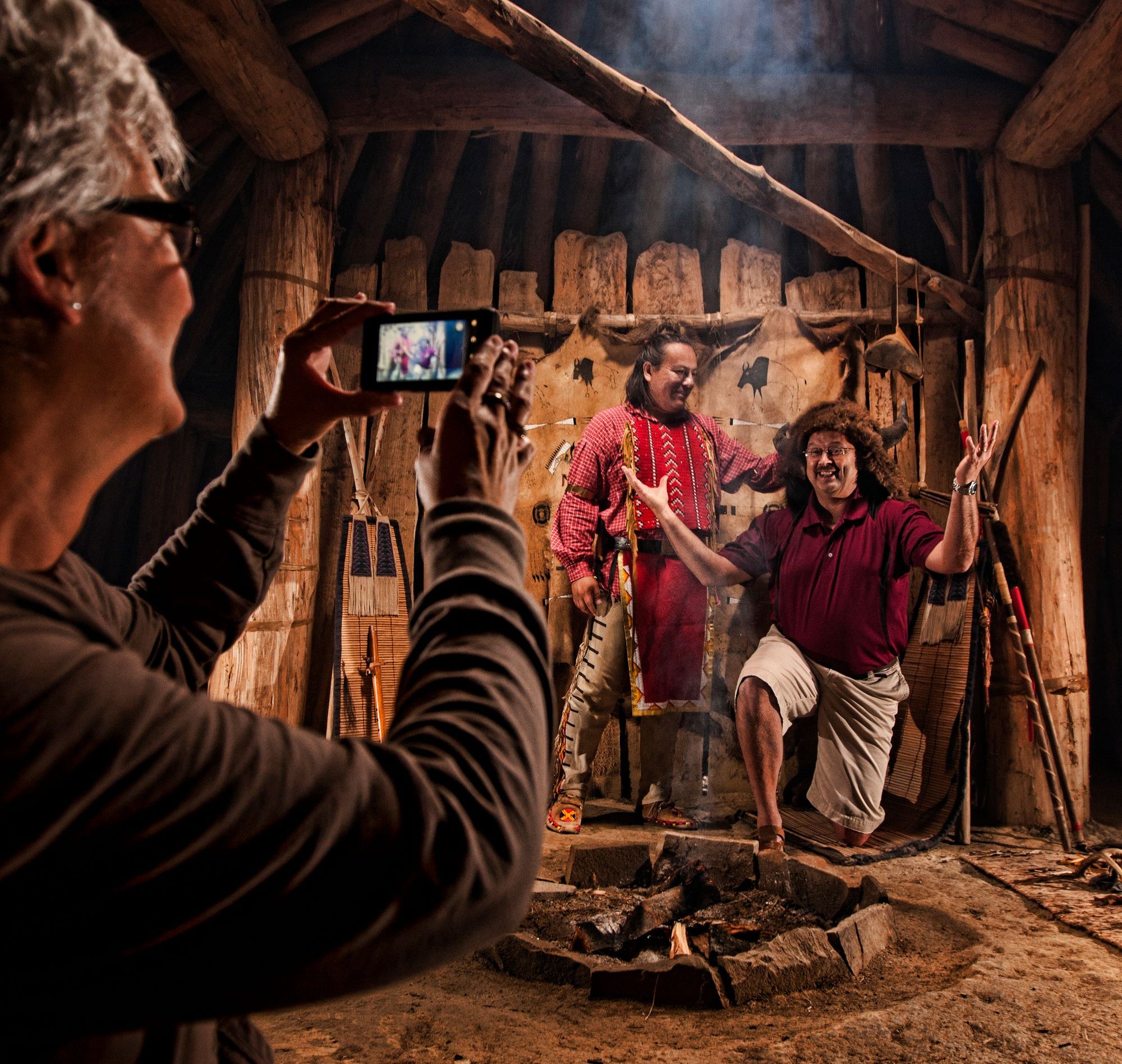
North Dakota was populated in waves over centuries, starting with First Nations by the Missouri River, and followed by fur traders, frontier soldiers and then Scandinavian, German and Ukrainian homesteaders who arrived in the late 1800s as railroad tracks were laid over the prairies.
You can learn more about how and why the state's populations ebbed and flowed at four compelling cultural centers. There’s Fort Abraham Lincoln State Park, just south of Mandan in central North Dakota, which incorporates On-a-Slant Village, where you can step inside replica Mandan Native American earthlodges, while a mile away at Fort Abraham Lincoln itself you can wander through reconstructed 1870s U.S. Army buildings, including Lt. Col. George Custer's house.
From here, it's a 50-mile drive north along the Missouri River to the Lewis & Clark Interpretive Center in Washburn, located close to the site where explorers Meriwether Lewis and William Clark spent the winter of 1804–1805 during their westward expedition to map the Louisiana Territory and forge a pathway to the Pacific. The center's exhibits reveal how they only survived thanks to essential help from the Mandan and Hidatsa peoples.
Continue about 70 miles northwest to New Town where you can discover more about how the Mandan, Hidatsa and Arikara peoples shaped the region at the MHA Interpretive Center, overlooking Lake Sakakawea.
Seventy miles west on the Montana border lies the Fort Union Trading Post National Historic Site, a stunning reconstruction of a 19th-century trading post.
Read more: See Miami in a new light: Six neighborhoods that might just surprise you
Museums that punch above their weight
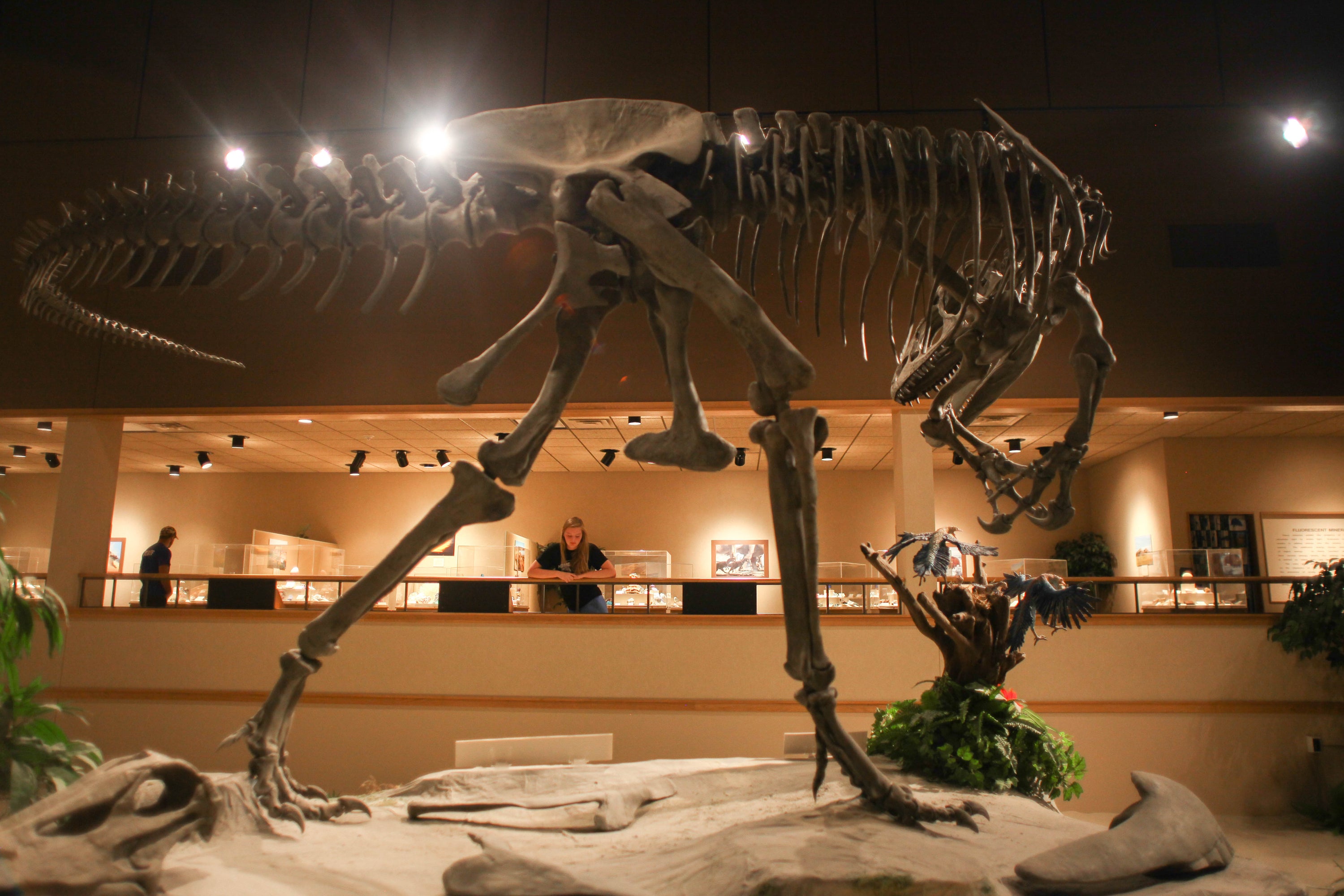
To get a handle on the big picture — North Dakota's place in history — head to the flagship North Dakota Heritage Center & State Museum in the capital, Bismarck. It delves 600 million years into the past and brings you up to the present via thousands of artefacts and specimens, high-tech displays and interactive exhibits. Highlights include a Mars spacesuit and a life-size Tyrannosaurus skeleton cast.
Want more dinosaurs? Look no further than the Badlands Dinosaur Museum in Dickinson, 100 miles to the west. It features 11 full-scale dinosaur skeletons inside and two outside, including a remarkably intact Triceratops skull and several fossilized skeletons found in the area. Intriguingly, you'll learn here how North Dakota wasn't always prairie — in one ancient era, the state was a subtropical swamp.
North Dakota's museum offering is further strengthened by two top-tier institutions in Grand Forks and Fargo.
In the former is the North Dakota Museum of Art, which sits on the University of North Dakota campus. Here, you can wander three galleries housing rotating exhibitions of regional, national and international art, from installations by Native Americans to global human-rights photography. On permanent display is late New York City artist and collector Barton Benes' recreated apartment, complete with oddities he discovered on his global travels.
Fargo is home to the state's biggest art gallery — the Plains Art Museum, where you can peruse a bewitching mix of contemporary works and Native American art. If you thought North Dakota was all back country, the edgy urban works on show here will be an eye-opener.
Read more: Five bucket-list train journeys that showcase America’s most breathtaking scenery
Roadside Americana and quirky stops
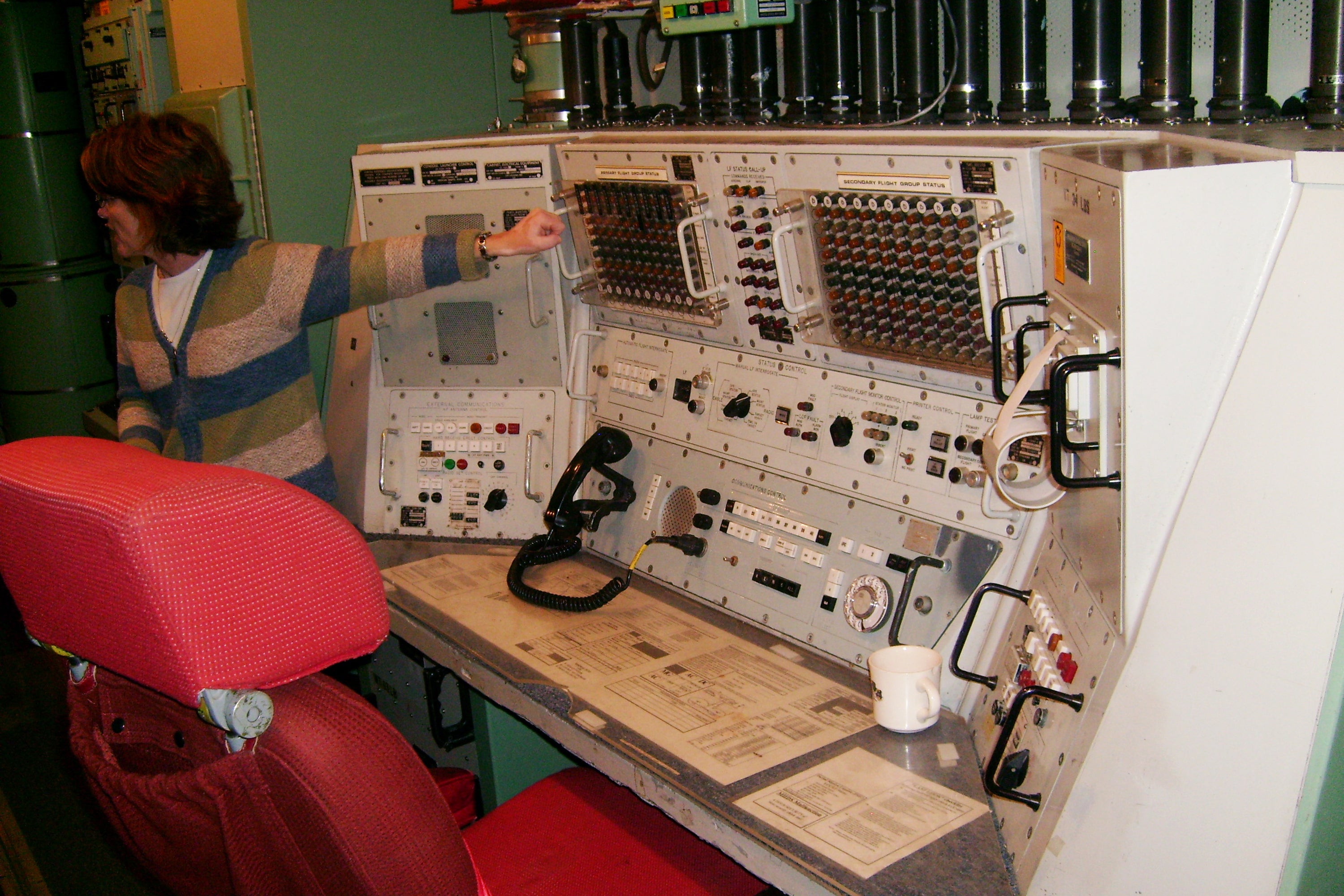
Exploring North Dakota involves a lot of driving, but there are plenty of quirky stops to make the journeys interesting. The state embraces the strange and unusual — and so should you.
One of the most intriguing roadside attractions is the Ronald Reagan Minuteman Missile State Historic Site near the small town of Cooperstown in east-central North Dakota, which offers a rare look inside America's Cold War nuclear defense network.
Like other sites scattered across the north plains, this one housed nuclear missiles primed to be launched within minutes in the event of a nuclear attack. It is one of the only missile sites of its kind open to the public.
You can tour rooms above ground that look just as they did in the 1960s, when the site was built, then descend 50 feet below via an elevator to the nerve center, where crews monitored missiles and awaited orders to launch 365 days a year.
Taking you from Cold War drama to Instagrammable whimsy, 60 miles to the southwest is Jamestown, home to the World's Largest Buffalo, which stands proud at the end of Louis L'Amour Lane.
No, not a real-life one, but a 26-foot-tall, 60-ton concrete buffalo created by sculptor Elmer Petersen that has been standing sentinel over Jamestown since 1959, and has proven to be a social media sensation in recent years. He's called Dakota Thunder.
In competition for roadside eccentricity is the "Enchanted Highway,” one end of which lies 70 miles to the west near Gladstone. The 32-mile stretch of road, which begins at Exit 72 on the I-94, is lined with some of the biggest roadside artworks in the world.
Created by local artist Gary Greff, the joyfully unexpected collection includes giant grasshoppers, a towering tin family, leaping deer and huge geese "flying" over the prairie.
Read more: A Euro trip without leaving America: Seven US towns that look exactly like places in Europe
North Dakota's vibrant cities and upscale hotels
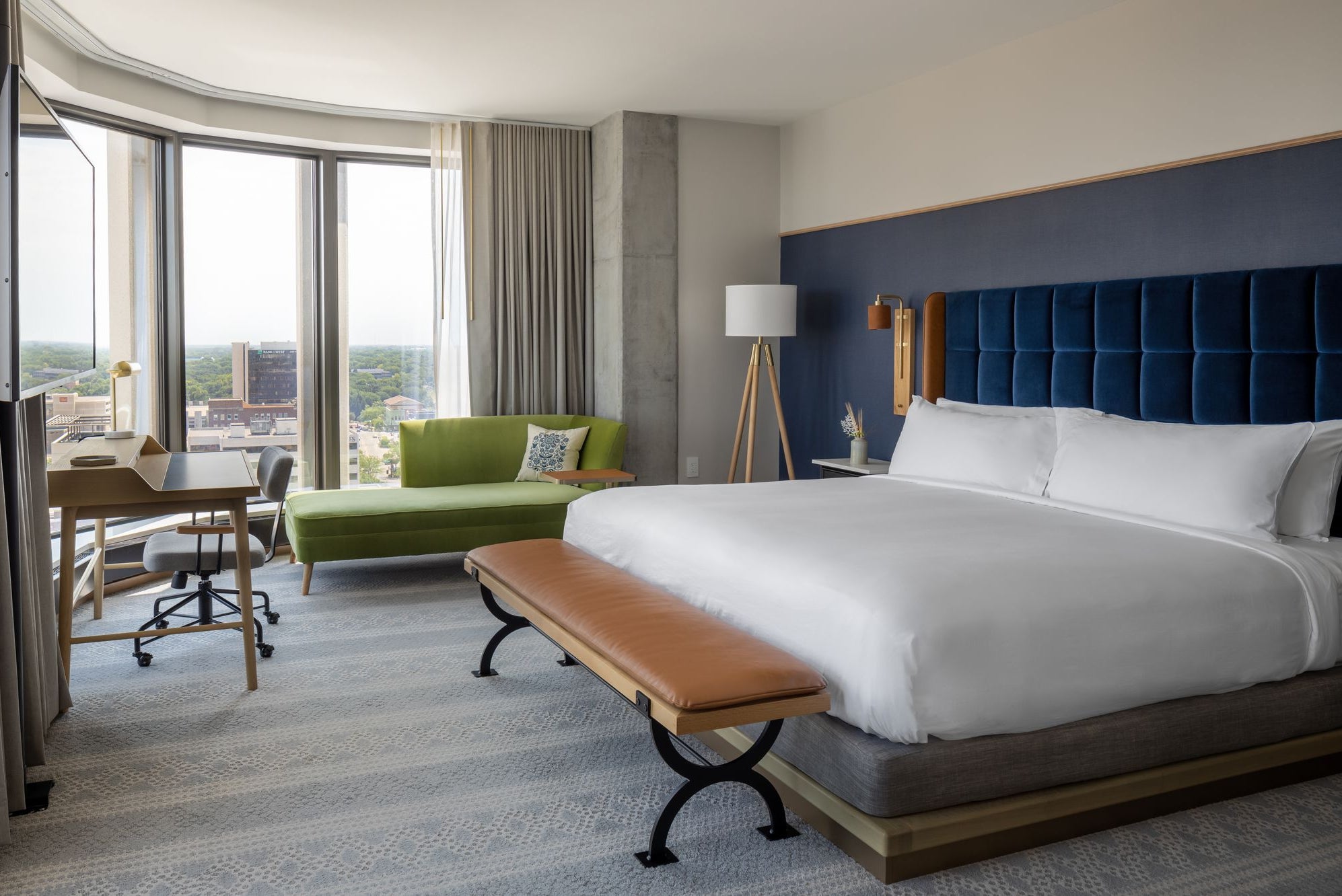
Epic natural landscapes are North Dakota's calling card, but the state's cities shouldn't be overlooked.
First-time visitors will be surprised by the sheer vibrancy of the urban landscapes in the state, which are charged with a forward-thinking, entrepreneurial energy and home to some eye-catching hotels.
Fargo, the largest city, is brimming with street art, boutique shops, buzzy restaurants and indie coffee shops.
And there's the city's Jasper Hotel, where a chic, Nordic-inspired aesthetic surprises visitors expecting frontier-vibe accommodation.
Grand Forks, 90 miles north, is walkable, welcoming and proud of its university. Here, one of the most characterful stays in the states comes courtesy of the Olive Ann Hotel, which is set in a restored historic bank and pays homage décor-wise to aviation pioneer Olive Ann Beech.
Further west, Minot adds another layer of surprise — it's becoming something of a hub for public art and small, creative businesses, with Revel Hotel Minot offering an enticing, boutique option to base yourself at.
If only something firmly rustic will do for a night's sleep, then book into the Coteau des Prairies Lodge, perched high on a ridge in rural southeast Dakota. Here, farm-to-table meals, star-filled skies and total tranquility are the order of the day.
How to get there
Most travellers reach North Dakota by air and will fly into one of the state's three main airports: Fargo (eastern), Bismarck (central) or Minot (north-central).
For drivers, the Interstate 94 is the main artery. It runs east-west across the entire state, forming a link between Minnesota and Montana.
Rail options are limited, though Amtrak's Empire Builder runs across northern North Dakota with stops in Fargo, Grand Forks, Devils Lake, Minot, Stanley and Williston.
Read more: Modern Las Vegas might be fading, but its vintage side still thrills







